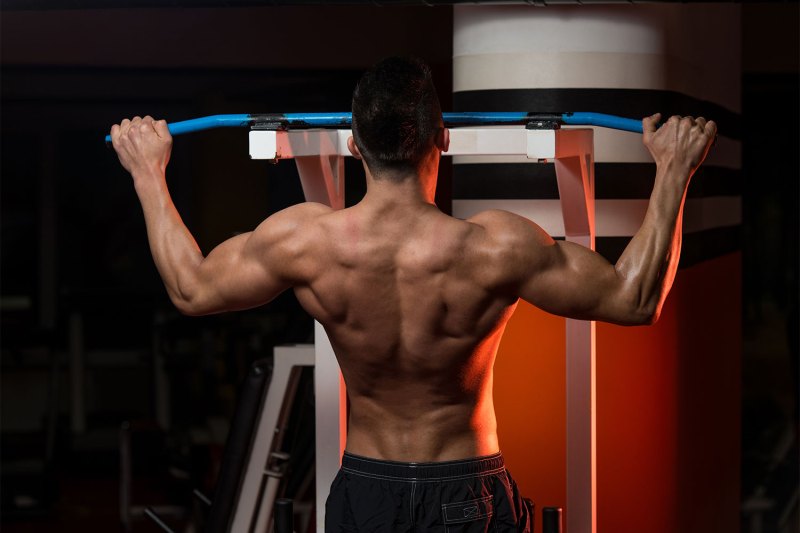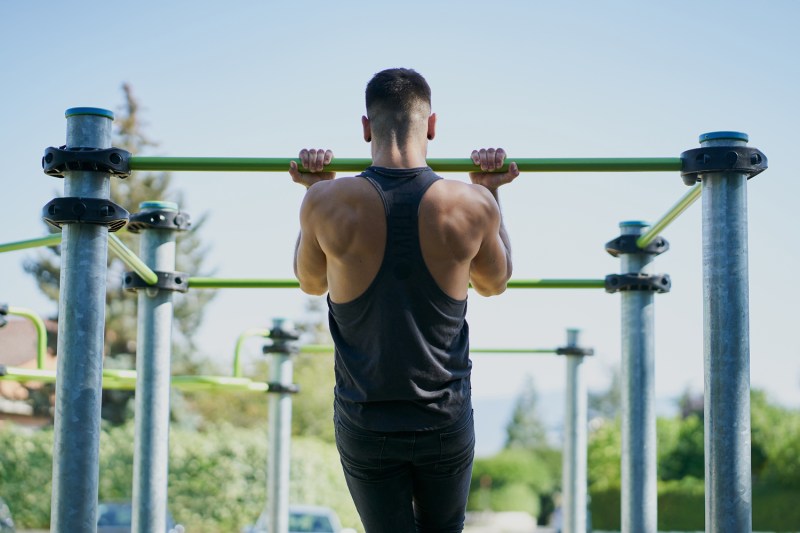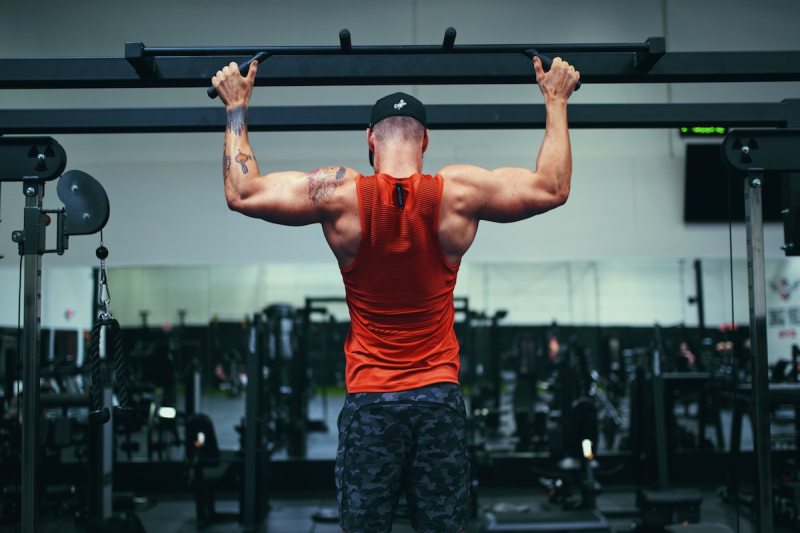
There are many ways to measure your capabilities when it comes to fitness, and pull-ups are the perfect example of an exercise that can be used as a benchmark. Whether you want to work on improving your physique, getting stronger, or simply want to reach a certain number of reps, no one can deny the many benefits of pull-ups.
Moreover, putting in the work to learn how to properly do a pull-up and building the upper body and back strength you need to do them is worth it — not only is it satisfying to check the goal off your list, but the benefits of pull-ups make them one of the most efficient and effective strengthening exercises to add to your routine to boost your overall
Need a little motivation to step up to the pull-up bar and give them a go? Check out some of the benefits of pull-ups and a few tips to get started.

Benefits of pull-ups
The benefits of pull-ups span the gamut from increasing muscular strength and overall
1. Pull-ups strengthen your back
Pull-ups are one of the most effective back-strengthening exercises. While many guys tend to focus on the muscles in the front of the body — abs, chest, biceps, and shoulders, working the back of the body is equally important to keep the body balanced, prevent injuries, and improve overall functional strength. Pull-ups strengthen the latissimus dorsi, trapezius, erector spinae in the thoracic region, levator scapulae, and infraspinatus.
2. Pull-ups strengthen your chest, shoulders, arms, and core
In addition to working your back, pull-ups strengthen and sculpt your shoulders, forearms, and chest (pecs). When properly performed, they also engage your abs, including your deep transverse abdominis, making them a great exercise for targeting many of the major muscles in the body. Regularly performing pull-ups can also improve muscle tone and definition when coupled with a healthy diet and total-body exercise program.
3. Pull-ups improve grip strength
Grip strength assists in everything from opening a jar to using a reciprocating saw or hedge trimmer. It’s also valuable for racquet sports, climbing, and lifting heavy weights. Pull-ups are one of the best exercises to strengthen your hands and grip.
You may find some of this benefit translates to being able to lift more weight or complete additional reps in other resistance exercises, as grip strength is often a limiting factor at the top end of sets unless you specifically train your hands to develop more grip strength. Master your pull-up and watch what it can do for your deadlift numbers, too.
4. Pull-ups can improve bone density
Resistance training exercises have been shown to increase bone density because it loads the bones, signaling them to lay down more cellular and mineral components for the bony matrix. Additionally, stronger muscles pull more forcefully on the bones when they contract, which also signals your body to deposit more minerals and strengthen the structure of your bones.

5. Pull-ups can improve markers of health
Studies have found that resistance training exercises like pull-ups can improve various markers of health. For example, regular strength training can reduce blood pressure, lower visceral fat and waist circumference, improve blood sugar control and insulin sensitivity, reduce cholesterol and blood lipids, and improve body composition.
A strength training program incorporating pull-ups and other exercises for total-body conditioning may reduce the risk of type 2 diabetes, cardiovascular disease, metabolic syndrome, and obesity.
6. Pull-ups don’t require much equipment
Besides a good pull-up bar, you don’t need anything to do pull-ups. Many strength training exercises require bulky or heavy weights and can’t be done on the go. You can even do pull-ups out in nature using sturdy tree limbs or in parks or playgrounds on playground equipment.
7. Pull-ups can improve your mood
Resistance training exercises, such as pull-ups, have been found to be an effective way to reduce stress and anxiety and improve mood. Like aerobic or cardio training, strength training can reduce cortisol and produce endorphins, which means that taking on pull-ups and other resistance exercises at the gym can leave you in a better headspace post-workout.
8. Pull-ups are challenging
One of the driving forces that keep us pushing ourselves in the gym is the desire to take on challenges and achieve goals. Being able to step up to a
It can help you feel confident, strong, capable, and fit — the importance of which should not be overlooked. If you’ve ever felt your motivation lacking in the gym lately, and you have yet to be able to do a real pull-up, set the goal, and get training. You may just find a renewed sense of determination when tackling your workouts.

Back to the basics
Sometimes, simpler is better. You don’t need anything other than a sturdy and stable object to grab a hold of and start blasting your back. A couple of reps in, you’ll see why the basics work the best!

How often should I do pull-ups?
Generally, you want to give a muscle group a day’s worth of rest in between workouts. Pull-ups primarily challenge your back and biceps, and you can do them as often as three days per week.
Start your workouts off with pull-ups in order to give them the most energy so you can achieve optimal results. You can follow them up with exercises like lat pull-downs, cable rows, straight arm pull-downs, and bicep curls to support the muscle strength needed to increase the number of pull-ups you can do.



